We Need to Talk About Standardizing Smartwatch Chargers!
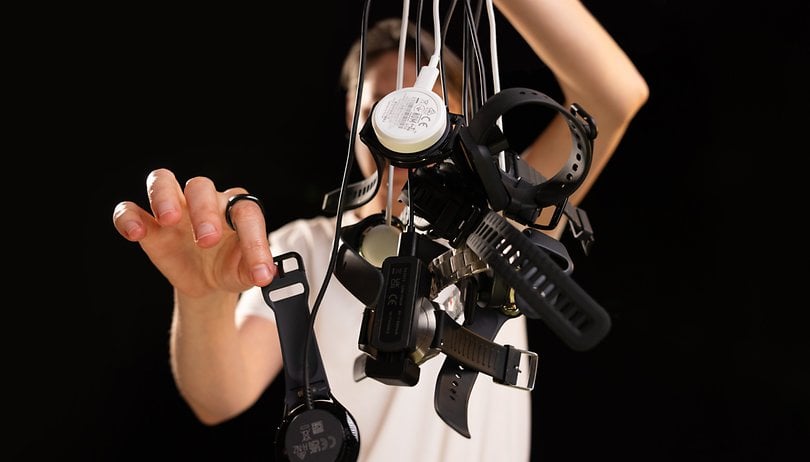

The smartwatch market is fraught with challenges related to chargers. As wearables such as fitness trackers and smart rings gain popularity, the entire industry grapples with the issue of charging solutions. But is it even feasible to establish a standardized charging process for these devices?
While you might not experience issues with the charger for your smartwatch or other wearables, my role as a wearable reviewer involves analyzing numerous devices and sharing my experiences. I regularly interact with various smartwatches and, more recently, smart rings and accessories like chest straps.
- From Apple to Android: The best smartwatches of 2024
The primary issue is that each device comes with its unique dock or cradle for charging, creating a chaotic situation. Although companies like Apple and Samsung offer similar solutions, their chargers are not interchangeable. This lack of standardization is frustrating for two main reasons: it generates electronic waste and, if you forget your charger while traveling, it is unlikely you'll find a compatible one to borrow. This often means buying a new charger, which is not convenient.
Wireless solutions add another layer to this dilemma, making smartwatches more expensive. Even in 2024, many brands prioritize major sellers like the Apple Watch, leaving a scarcity of quality accessories for other brands. Consequently, most consumers lack viable options and must resort to inefficient accessories due to the limited market interest in developing high-quality products.
To clarify, I'm not here to propose solutions—I'm not an expert in battery or charging technologies. Instead, I'm voicing my concerns as a consumer, amplifying both my frustrations and yours.
The Growth of the Smartwatch Market
The industry has shifted its perception of smartwatches from being fashionable gadgets or mere smartphone notification devices to essential tools for health and fitness, leading to steady growth. I recall testing the first generation of Samsung smartwatches, which were heavily influenced by smartphones, even including built-in cameras.
Statista reports that in Q3 2023 alone, there was a significant increase in shipments, with approximately 150 million units shipped. The future of wearable device shipments appears promising, with projections indicating continued growth. By 2028, global shipments are expected to reach unprecedented levels, driven by increasing consumer demand for smartwatches, fitness trackers, and true wireless earbuds.
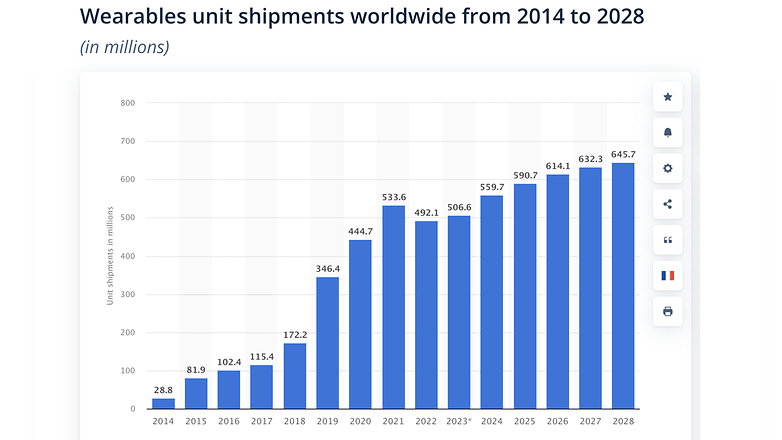
This growth trajectory underscores the sector's potential for a substantial impact on consumer electronics. Innovations in health monitoring, connectivity, and design are key contributors to this upward trend. However, these advancements also require addressing compatibility issues, as the lack of a universal standard remains a significant challenge.
Lessons from the Smartphone Industry
Consider the convenience brought by the iPhone 15 series adopting a USB-C port instead of the Lightning one. The European Union has legislated the use of USB-C as the standard charging port for small electronic devices, including smartphones, by 2024. This decision aims to minimize electronic waste and enhance user convenience by reducing the need for multiple chargers. The standardization simplifies the charging process and benefits consumers by providing a more streamlined experience.
This successful initiative in the smartphone industry is now spurring support for extending similar standardization to wearable devices. Currently, the wearable industry faces challenges with proprietary charging solutions that lack interoperability, causing user inconvenience. To give you an idea, during a quick search to create images for this article, I went through our smartwatch inventory and found 10 different devices, each with its own charger. Unfortunately, this situation would not change if I looked at 20 different devices, and so on.
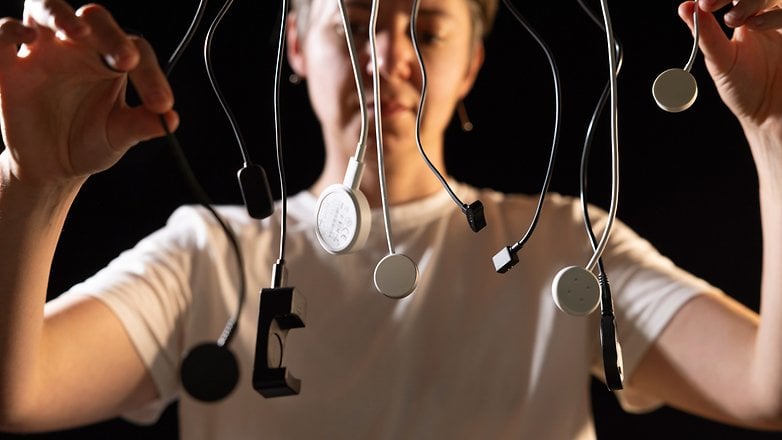
Standardizing charging methods across the wearable sector could significantly improve user experience and reduce electronic waste, much like the impact seen with smartphones. This harmonization would foster a more sustainable and user-friendly ecosystem for wearable technology.
Market Fragmentation and Wireless Charging "Advantages"
Different manufacturers often use proprietary charging solutions, complicating the consumer experience. As mentioned before, Samsung and Apple offer very similar charging solutions. The Apple Watch Series 9 (review) uses inductive charging with a magnetic charger that snaps onto the back of the watch. Similarly, the Samsung Galaxy Watch 6 (review) charges via an inductive pad that aligns magnetically to ensure a proper connection. But again, their chargers are not interchangeable.
But even worse is the case of the Google Pixel watches: two very similar generations, but two different chargers. It's crazy. At least Apple gives us some consistency, as I can still charge my Apple Watch Series 9 with my Apple Watch Series 4 charger. Perhaps it is because Garmin and Fitbit are focused on health and fitness, both companies stand out in this area since some series use the same standard for chargers, allowing them to be interchanged.
- Also interesting: Is gender-targeted marketing in wearables outdated?
We can definitely discuss the advancements in wireless power technology, such as Qi and other standards, that are making it easier for wearables to adopt wireless charging. However, these technologies are still evolving to become more efficient and compatible with a broader range of devices.
Wireless charging offers significant convenience by eliminating the need for physical connectors. This is especially beneficial for wearables, which often have small form factors that make traditional charging ports impractical. Simplifying the charging process for small, portable devices, wireless charging enhances durability and water resistance by removing connectors, making them more robust and less prone to damage.
The seamless experience of placing a device on a charging pad reduces the hassle of frequent charging. While inductive charging, used in many current devices, requires close contact with a charging pad, resonant charging offers more flexibility in positioning.
Nevertheless, while wireless charging offers many benefits, it also comes with its own set of challenges. A significant issue is the lack of a universal standard, leading to compatibility problems across different brands and devices. This fragmentation can be frustrating for consumers with multiple devices from various manufacturers.
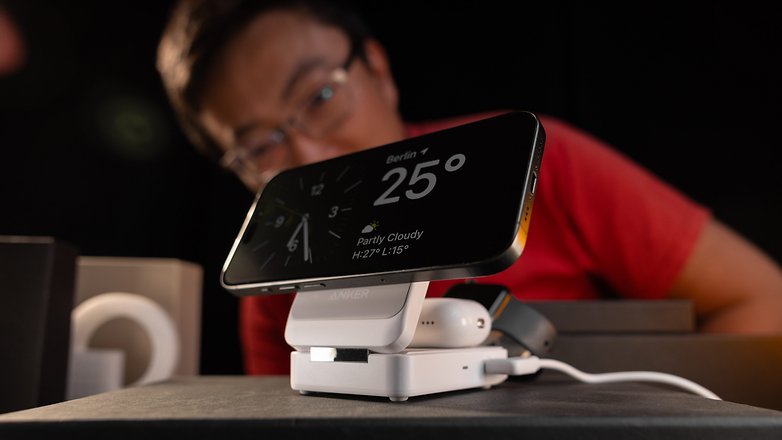
For instance, we recently reviewed the Anker MagGo Charging Station, which is designed specifically for Apple users. The accessory industry often focuses on major brands, leaving other "brand lovers" without suitable options.
Additionally, energy efficiency is a major concern. Wireless charging systems are typically less efficient than their wired counterparts, frequently resulting in higher energy loss during the charging process. Innovations are needed to improve the efficiency of wireless charging to make it a more sustainable option.
The Icing in the Cake: Reducing Electronic Waste
The European Union's mandate for a common charging standard for small electronic devices primarily targets smartphones with the adoption of USB-C by 2024. This aims to reduce electronic waste and simplify the user experience by decreasing the number of different chargers consumers need. This regulation is meant to let people use existing chargers for new devices, which would reduce the need for multiple chargers and reduce the need for proprietary formats.
- Also interesting: Is Apple really a role model for eco-friendliness?
Building on this success, there is growing momentum to extend such standardization to wearable devices like smartwatches, fitness trackers, and potentially even smart rings. The goal is to harmonize charging methods across the wearable sector, which currently suffers from a lack of interoperability and convenience due to proprietary charging solutions used by different manufacturers.
Are We Far from a Convenient Smartwatch Charging Process?
Recently, I watched a TED talk with Tony Fadell, a former Apple product designer, who made a resonant point. He spoke about how we become habituated to problems in our lives and emphasized that the role of designers, innovators, and entrepreneurs is not just to notice these issues but to actively seek solutions.
As a tech journalist, my job involves testing smartwatches, identifying issues, and highlighting them. However, it is up to the industry to rethink these problems and find solutions. The popularization of wireless charging might offer more convenience for smartwatches and other wearables. While the standardization of this process would likely be beneficial, the responsibility lies with the industry.
Companies often tout their environmental credentials in keynotes, but meaningful action to reduce e-waste in the rapidly growing wearables industry seems to be a lower priority. Fortunately, regulatory bodies are stepping in. If tech companies do not take the initiative, regulators will. For instance, the European Union Commission's mandate for standardized charging ports is why I can use the same cable and charger for my MacBook and iPhone.






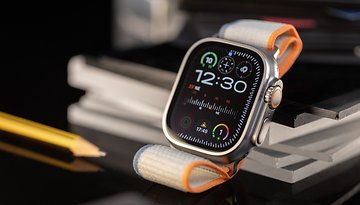

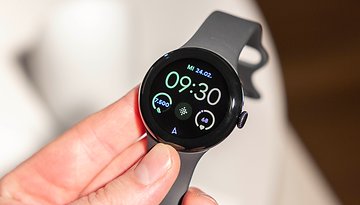

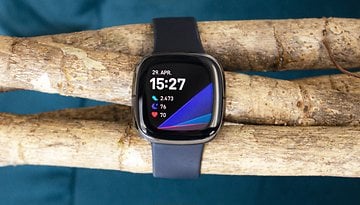

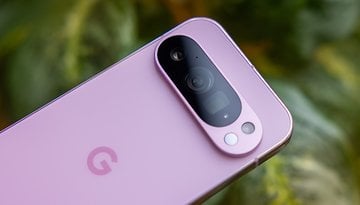


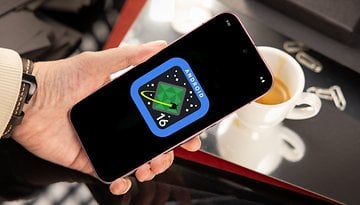




I agree! But unless something like the EU does to smartwatches, like they did with smartphones, don't look for the "industry" to do it themselves.